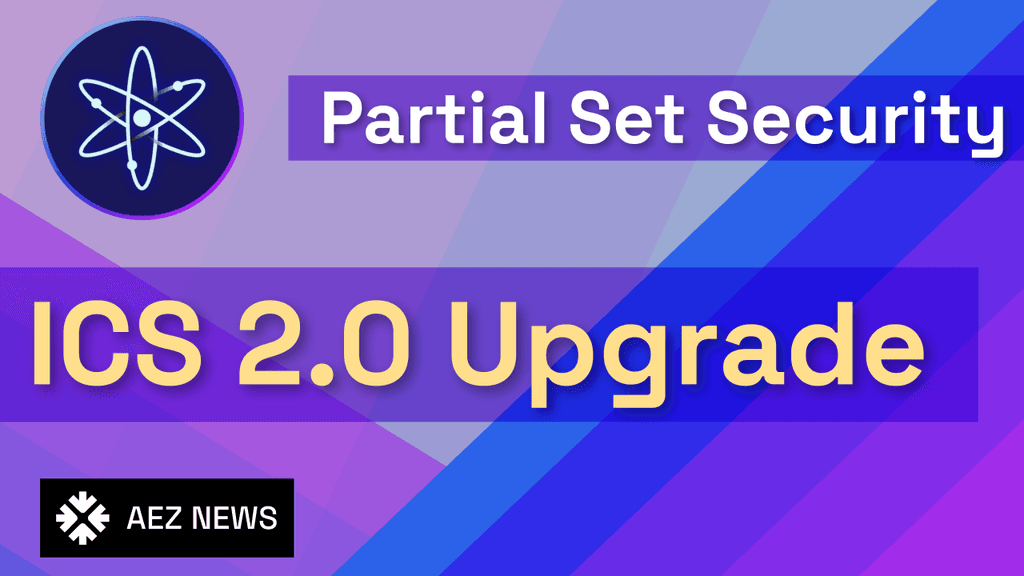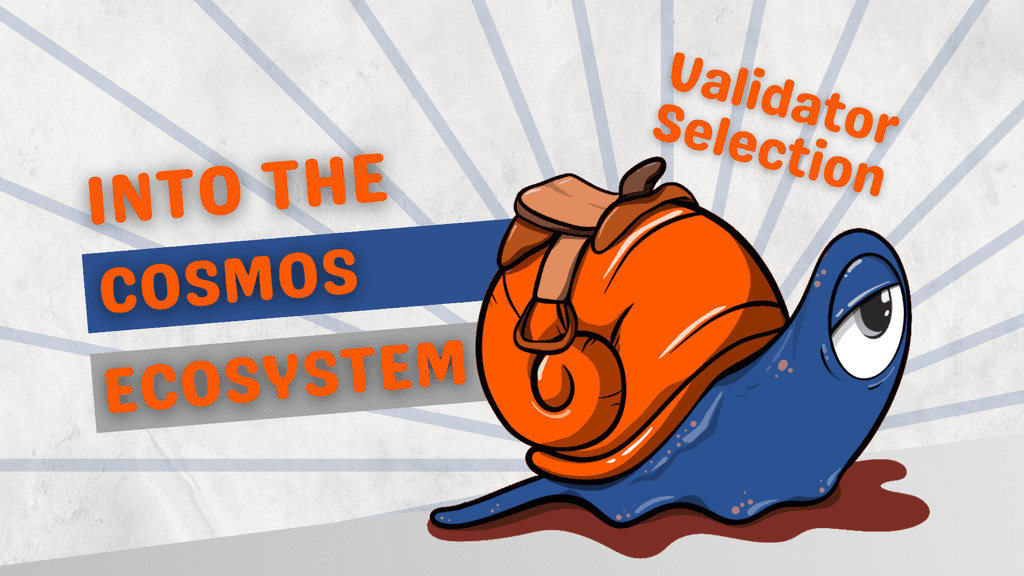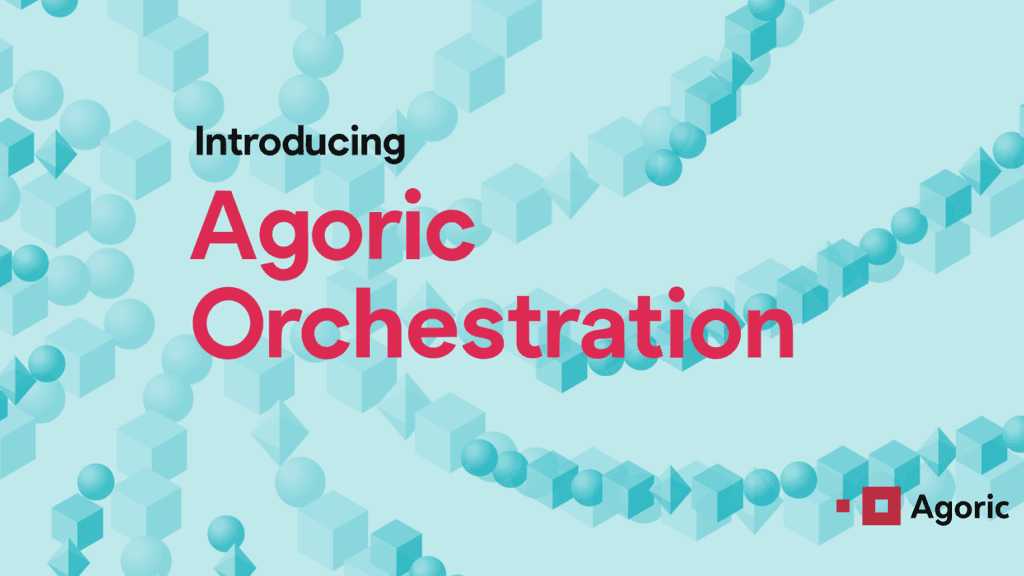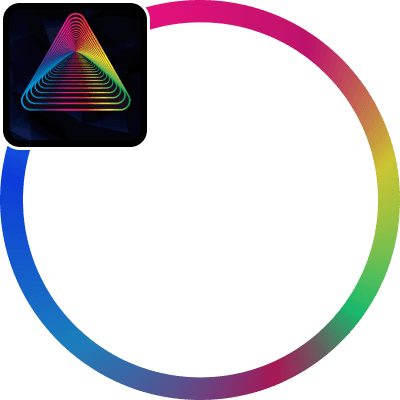Overview and Advanced Architecture
Stacks is a unique Bitcoin Layer 2 (L2) blockchain that enriches Bitcoin with programmability and enhanced features without altering its core. This blockchain layer enables complex operations such as DeFi, NFTs, and decentralized applications (dApps), effectively broadening Bitcoin’s ecosystem. Utilizing Proof of Transfer (PoX), Stacks miners secure network consensus by committing Bitcoin, thus linking Stacks blocks to Bitcoin’s immutable ledger.
Key Components
Proof of Transfer (PoX) Mechanics
PoX is central to Stacks’ operation, employing Bitcoin’s blockchain for securing its consensus and block validation. Miners in PoX commit BTC for a chance to earn STX rewards, reinforcing energy efficiency and minimizing environmental impacts compared to conventional Proof of Work. This connection ensures that each Stacks block is intrinsically tied to Bitcoin’s network, benefiting from its security robustness.
Clarity Smart Contracts
Clarity is a deterministic, non-Turing complete language specifically designed for Stacks, offering enhanced transparency and error reduction. Unlike conventional programming languages, Clarity is interpreted rather than compiled, providing predictable outcomes with smart contracts. Developers can read Bitcoin states directly, allowing contracts to react based on Bitcoin’s blockchain data—critical for integrating Bitcoin-based actions such as conditional payments or confirmations.
sBTC and Interoperability
sBTC is a pivotal element for creating a Bitcoin-pegged asset on Stacks, facilitating trust-minimized, two-way BTC pegging. It enables smart contract functionality while maintaining BTC’s inherent value and liquidity. The mechanism operates without centralized custodians, employing decentralized signers for enhanced reliability.
Network and Protocol Enhancements
Stacks has undergone significant improvements through upgrades like the Nakamoto release, which introduces enhancements aimed at optimizing block production and improving synchronization with Bitcoin blocks. This upgrade makes it even more challenging to reverse Stacks blocks, aligning its integrity with Bitcoin’s proven durability.
Development Tools and Ecosystem Metrics
The Stacks ecosystem offers a rich suite of development resources:
- Stacks Explorer for transaction and block tracking.
- Stacks.js and Clarity SDKs for building seamless dApps.
- Gaia Storage ensures decentralized, off-chain storage, which is anchored by Bitcoin for authenticity. Metrics indicate thousands of smart contracts deployed and significant STX staked in network activities, showcasing robust developer engagement and active community participation.
Stacking and User Incentives
Stacking is a critical aspect where STX holders can lock their tokens to support network security and earn BTC rewards. Users participate either solo or through pools, balancing decentralized governance with practical access to network rewards. Historical data shows that millions of STX have been stacked, highlighting widespread participation in network operations.
dApps and Financial Integration
Prominent use cases on Stacks include DeFi protocols that mirror Bitcoin’s liquidity for lending and trading, and NFT platforms that leverage Bitcoin’s security for unique digital asset creation. These applications underline Stacks’ capacity to bridge Bitcoin with the broader Web3 landscape.
Governance and Community Engagement
The Stacks community thrives on open-source collaboration. The Stacks Foundation and initiatives such as the Clarity Collective support continuous growth through hackathons, funding grants, and educational programs. Strategic partnerships and contributions ensure Stacks remains a leader in extending Bitcoin’s functionality.










